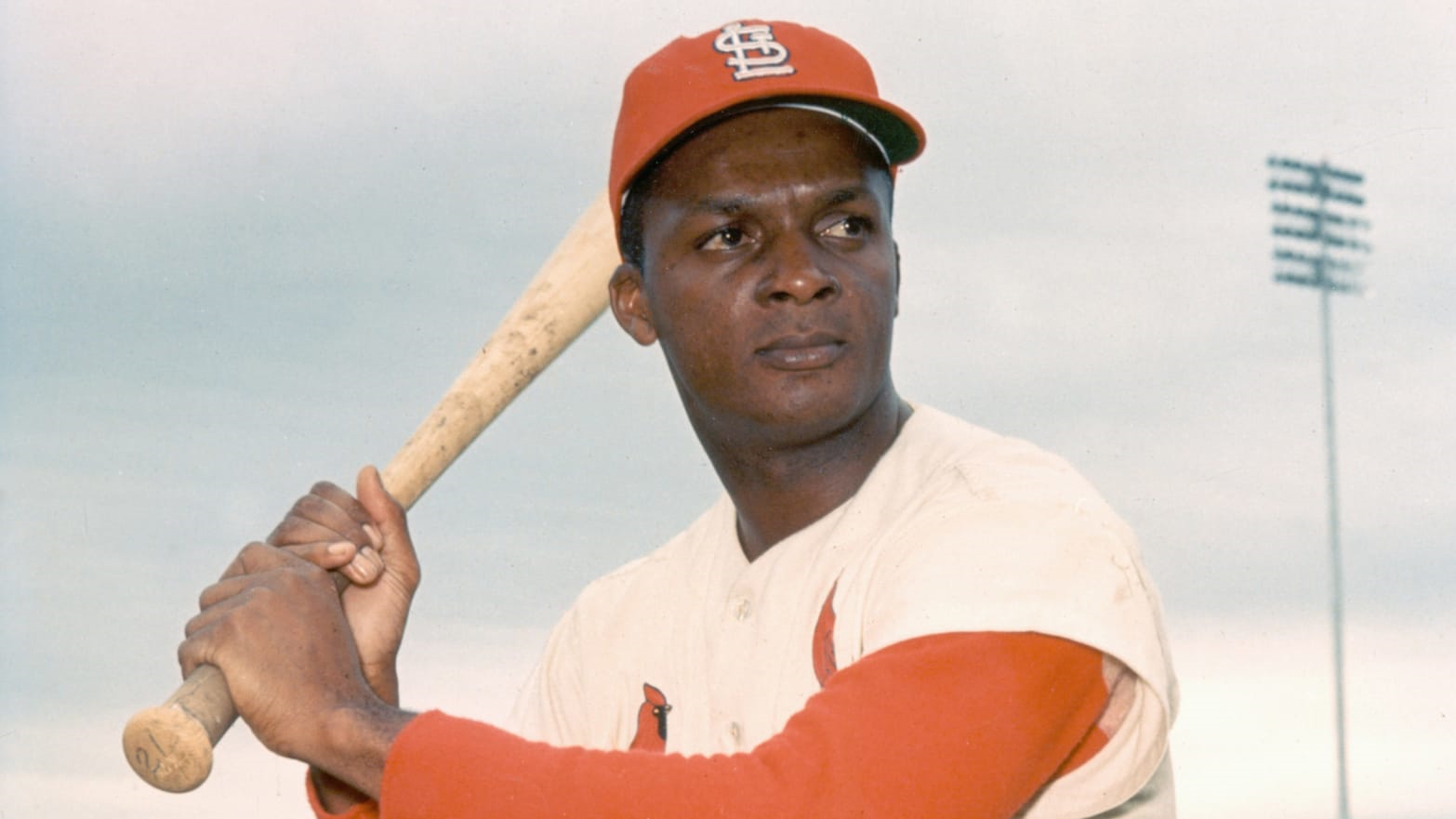Baseball free agency has a fascinating history that has evolved over the years. The concept of free agency in Major League Baseball (MLB) allows players to negotiate and sign contracts with any team after their contractual obligations with their current team expire. Since Randy has been discussing this off-season’s free agency, I thought I would give you an overview of the history of baseball free agency.
- Reserve Clause (19th and early 20th centuries): Until the mid-20th century, players had little control over their careers. The reserve clause, which originated in the late 19th century, bound players to their teams even after their contracts expired. This meant that teams had the right to renew a player’s contract without the player’s consent, effectively keeping players tied to their original teams for their entire careers.
- Curt Flood and the Challenge (1970): Curt Flood, an outfielder for the St. Louis Cardinals, challenged the reserve clause in 1970. Flood refused to accept a trade to the Philadelphia Phillies and filed a lawsuit against MLB, arguing that the reserve clause violated antitrust laws. The Supreme Court ruled against Flood in 1972, maintaining the reserve clause but suggesting that Congress or collective bargaining could address the issue.
- Andy Messersmith and Dave McNally (1975): In 1975, pitchers Andy Messersmith and Dave McNally played without signed contracts, exploiting a loophole in the collective bargaining agreement. Arbitrator Peter Seitz ruled in their favor, effectively dismantling the reserve clause and establishing free agency.
- Birth of Free Agency (1976): The Messersmith-McNally decision led to the establishment of free agency in MLB. The Players Association, led by Marvin Miller, negotiated with the owners, and in the winter of 1976, free agency officially began. This allowed players with six years of MLB service time to become free agents and negotiate contracts with any team.
- Early Years of Free Agency: The advent of free agency led to a shift in player movement, as players could choose their teams based on the best financial and competitive offers. This era saw some notable free-agent signings, such as Reggie Jackson with the New York Yankees and Catfish Hunter with the New York Yankees.
- Evolution of Free Agency Rules: Over the years, the rules governing free agency have evolved, including changes to eligibility criteria, compensation for lost free agents, and the introduction of arbitration. The system has been refined through subsequent collective bargaining agreements between the Players Association and the owners.
- Modern Free Agency: Today, free agency is a central aspect of the MLB offseason. Players can become free agents through various means, including reaching six years of service time, being non-tendered by their teams, or reaching the end of their contracts. The free-agent market is a key element of the league’s dynamics, with teams competing for top talent during the offseason.


The history of baseball free agency reflects the ongoing struggle between players and owners for greater control over their careers and compensation. The shift from the reserve clause to free agency has had a profound impact on the business and dynamics of professional baseball.





